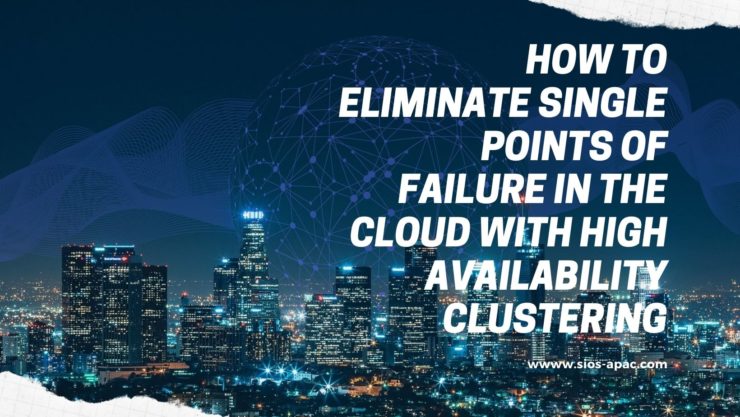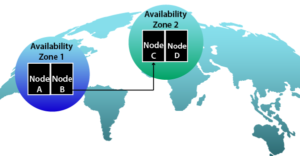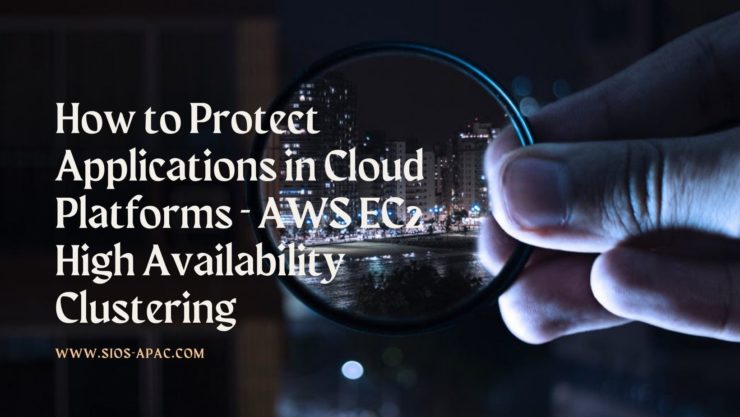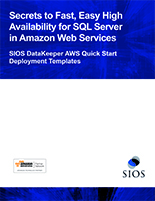| February 23, 2022 |
How To Install A SIOS Protection Suite for Linux License Key |
| February 19, 2022 |
How to Eliminate Single Points of Failure in the Cloud with High Availability Clustering |
| February 15, 2022 |
How to Protect Applications in Cloud Platforms – Clusters for Microsoft Azure High Availability |
| February 11, 2022 |
How to Protect Applications in Cloud Platforms – AWS EC2 High Availability Clustering |
| February 7, 2022 |
How to Protect Applications in Cloud Platforms – SANless Clusters for Cloud EnvironmentsHow to Protect Applications in Cloud Platforms – SANless Clusters for Cloud EnvironmentsReproduced with permission from SIOS |








